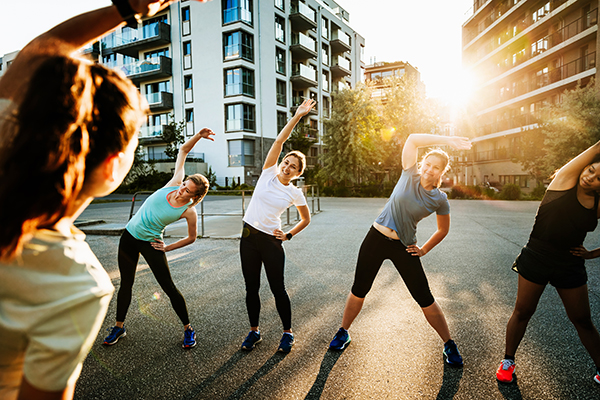Sedentary lifestyles and their health consequences
Imagine a world where lack of movement not only affects your daily energy, but also puts your long-term health at risk. A recent study, entitled “Metabolic and cellular differences between sedentary and active individuals at rest and during exercise,” published in bioRxiv, highlights sedentary lifestyles as a critical risk factor for a number of serious diseases, including cardiovascular disease, type 2 diabetes and Alzheimer’s disease. With more than 5 million deaths annually attributed to these conditions, the need to understand the effects of an inactive lifestyle is more urgent than ever.
The reality of physical activity in our lives
Although physical activity is an essential aspect of human life, today, many people lead predominantly sedentary lives. According to the World Health Organization (WHO), an alarming 81% of adolescents and 27.5% of adults do not reach recommended levels of activity. This worrying picture suggests that, between now and 2030, almost 500 million new cases of non-communicable diseases are expected that could be prevented by increased physical activity.
A research gap
Despite the seriousness of sedentary lifestyles, there is a notable lack of studies examining the metabolic and cellular characteristics of sedentary individuals without clinical symptoms. The aforementioned study aimed to address this gap by comparing bioenergetic and metabolic signatures between sedentary individuals and those who engage in moderate physical activity. Nineteen participants, 9 of them sedentary and 10 active, were evaluated through muscle biopsies and metabolic analysis.

Revealing findings on metabolism
The results of the study indicate that, despite being considered “healthy”, sedentary people show significant metabolic deficits both at rest and during exercise. At rest, significant reductions in mitochondrial respiration and substrate oxidation capacity were recorded. For example, a decrease in the activity of mitochondrial complexes and in the ability to produce ATP was observed. In addition, a reduction in pyruvate oxidation and expression of pyruvate transporters was evident, suggesting compromised metabolism.
Notable differences during exercise
During exercise testing, clear differences in substrate utilization between groups were evident. Sedentary individuals had significantly lower fat oxidation and lactate elimination capacity. This implies that they have limited access to fat reserves as a source of energy during physical activity, which may affect their performance and recovery.
Promoting an active lifestyle
This study reinforces the idea that maintaining an active lifestyle is not only a matter of general well-being, but a key strategy to prevent chronic diseases. The findings underscore the importance of reassessing our daily routines and the need to encourage physical activity as a fundamental part of our daily lives. As we become aware of these impacts, we can make significant changes that will benefit our long-term health.
Boost your career
When considering the importance of physical activity and its effects on health, it becomes clear that understanding this topic can make a big difference. Our Master in Physical Activity: Sports Training and Management prepares you to meet today’s challenges in the field of health and wellness. This program provides you with a solid foundation in exercise science and equips you with tools to promote active lifestyles in diverse communities. By studying with us, you will not only expand your knowledge, but you will become an agent of change in a world where physical activity is essential to prevent disease. Join us and transform your career!

